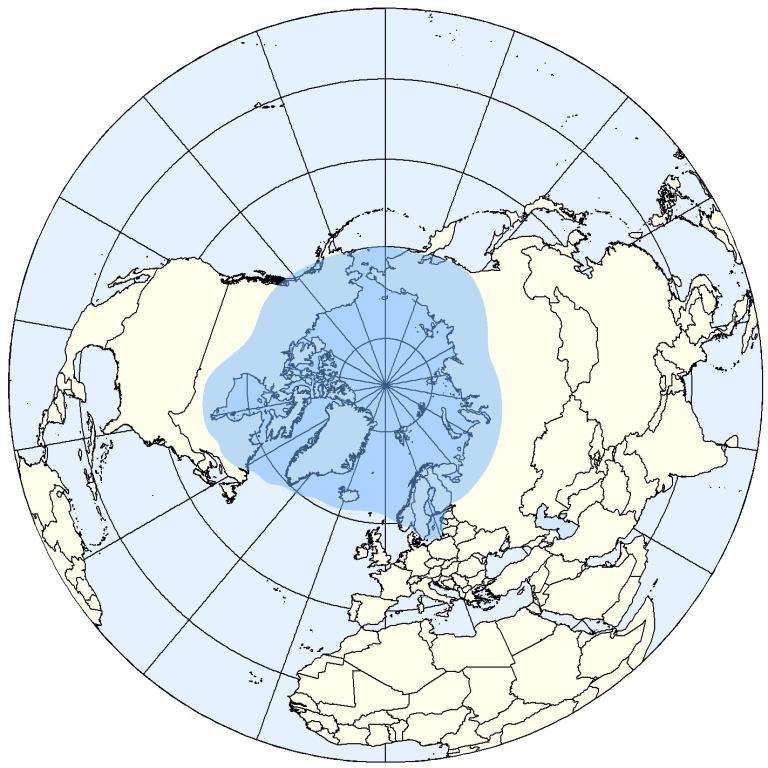Arctic-HYCOS

The available real-time and historical data is intended to allow researchers to:
- evaluate freshwater flux to the Arctic Ocean & Seas,
- monitor changes and enhance understanding of the hydrological regime of the Arctic region, and
- estimate flows in ungauged regions and develop models for enhanced hydrological prediction in the Arctic.
The map interface below displays the Arctic-HYCOS Basic Network of Hydrological Stations (BNHS) created from a selection of existing stations from the national hydrological networks in the Arctic basin. The stations can be filtered at the bottom of the map.
Each station on the map interface has a pop-up menu providing essential station’s metadata as well as a link to a webpage with the station's real-time and/or historical time series data available through the WMO Hydrological Observing System (WHOS). For each time series, any available time period of interest can be selected, plotted and downloaded in OGC NetCDF (CF conventions), OGC WaterML 2.0 or CUAHSI WaterML 1.0 formats. The time series metadata are harmonized by means of the WHOS Hydrological Ontology providing semantic interoperability among heterogeneous information sources.

WMO Strategic Priority: WIGOS and WIS, Polar and High Mountain Regions, Capacity Development
Status: Ongoing
Funding: Contributions by participating countries
Implementation in: Canada, Denmark, Finland, Iceland, Norway, Russian Federation, Sweden, USA
Project Partners: WMO
WHOS Community site.
Documents:
- Arctic-HYCOS Project Implementation Plan, March 2014
- Third Arctic-HYCOS Project Steering Committee Meeting, 24-26 May 2016, Anchorage, Alaska
- Second Arctic-HYCOS Projects Steering Committee Meeting, 23-24 March 2015, Reykjavik, Iceland
- Arctic-HYCOS Planning and Implementation Meeting, 26-27 March 2014, Geneva, Switzerland
Publications:
- E-monitoring the nature of Water, Silvano Pecora & Harry F. Lins, February 2020
- Analysis of Trends in Annual Streamflow to the Arctic Ocean, Martin Durocher, Ana Requena, Donald H. Burn, Jennifer Pellerin, 2019, post-print version. The published version can be purchased here.
- Arctic-HYDRA, The Arctic Hydrological Cycle Monitoring, Modelling and Assessment Programme, 2010
Knowledge Base:
- Freshwater Ice and Water Temperature: Manuals, Standard Practices and Standard Operating Procedures – Annotated Bibliography
- Freshwater Ice and Water Temperature: Manuals, Standard Practices and Standard Operating Procedures – Summary

